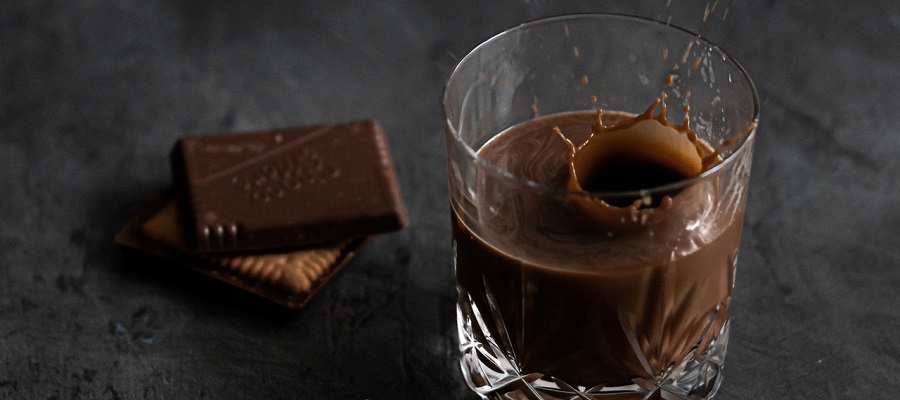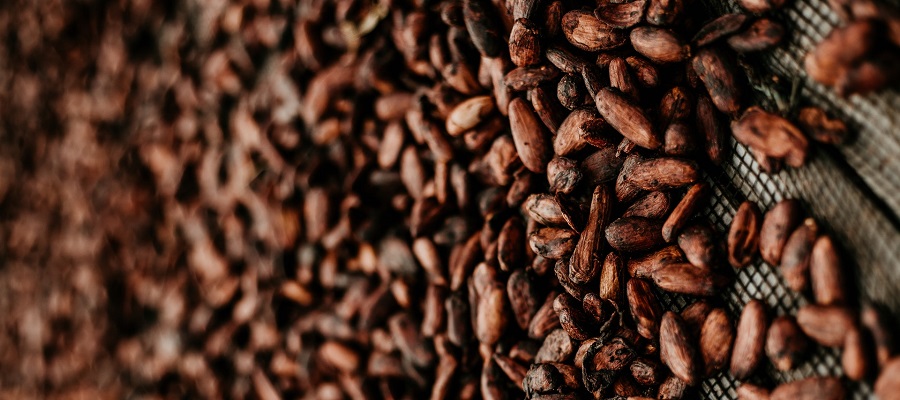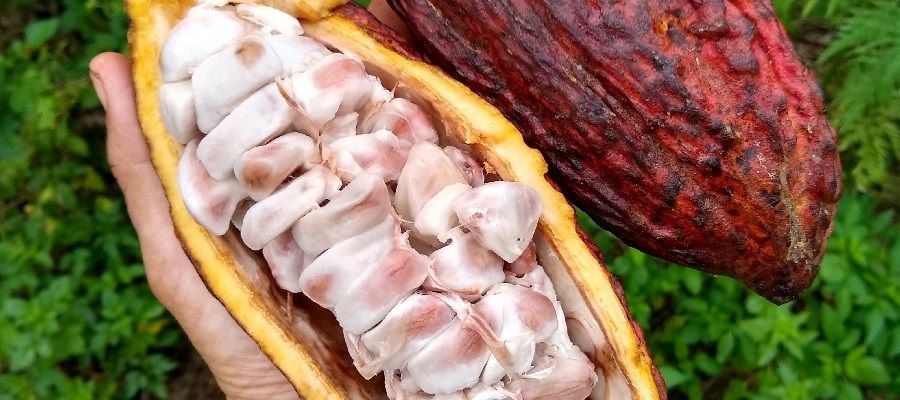Today, it is hard to imagine our lives without chocolate. But the origins of cacao and its use lie in the dark. Now, research in Ecuador is revealing some surprising facts: There, cacao plants were domesticated and used to produce beverages as early as around 5300 years ago, as evidenced by residues of cacao starch, the cocoa ingredient theobromine and other relics in clay vessels. These finds thus represent the oldest evidence of cacao use in the New World, the researchers report. They also prove that cacao was not first domesticated in Central America, but in South America.
For the pre-Columbian cultures of Central America, cacao played a central role: cacao seeds were traded and used as currency for tribute payments, and cacao trees were planted in plantations - as evidenced, among other things, by illustrations and descriptions in Mayan and Aztec codices. Drinks made from the dried, ground and boiled cocoa seeds were considered potions of the gods. "The various chocolate potions, and especially the foam produced from them, played a prominent role in rituals, festivals, and as the drink of the elite," explain Sonia Zarrillo of the University of Calgary and her colleagues. "For their production, storage and serving, people used specialized vessels."
Puzzling over cocoa origins
For this reason, among others, researchers previously assumed that wild cacao was domesticated by Central American cultures. This was also supported by the fact that the oldest finds of plant parts and seeds of the domesticated cacao tree Theobroma, which date back 3900 years, also come from Central America. But one crucial detail did not fit this picture: "There are currently 22 species of the genus Theobroma and 17 species of the wild relative Herrania - and most of them are native to the area of the upper Amazon tributaries," report Zarrillo and her colleagues. The genetic diversity of Theobroma cacao is also greatest in this area of South America - significantly greater than in Central America. Archaeologists were also puzzled by the fact that pre-Columbian vessels with images of cacao beans were also found in Ecuador and northern Peru. However: "Clear evidence for such an early use of cacao in South America was missing until now," the researchers state.
But that has now changed - thanks to new finds in southeastern Ecuador. There, archaeologists around Zarillo have been conducting excavations for several years at one of the oldest settlement sites of the so-called Mayo-Chinchipe culture, a small village that has been inhabited since 5450 years ago. For their current study, the researchers used three different methods to examine residues in various clay pots from graves, trash pits and a ceremonial hearth for traces of Theobroma cacao - the domesticated cacao tree.
Domesticated cacao as far back as 5300 years ago
They would find what they were looking for: In six of 19 samples, the researchers detected residues of cocoa starch, and in 46 of nearly 200 other samples, they discovered traces of theobromine, a biomolecule present only in the domesticated cacao species Theobroma cacao, but not in wild relatives. DNA analysis of the plant residues also confirmed that it was the Theobroma cacao species and not wild cacao species. "This is the first time we have three independent pieces of archaeological evidence that domesticated cacao existed in South America in pre-Columbian times," Zarrillo says. According to the dating, the cacao remains in Ecuador are up to 5300 years old - about 1500 years older than similar finds from Central America. "This study thus presents the oldest evidence of Theobroma cacao use in the New World - and it reveals the upper Amazon region as the oldest center of cacao domestication known to date."
Advertisement
According to the scientists, cacao may have been first domesticated in the Amazon region. From there, cacao cultivation gradually spread farther and farther north. "The use of cacao as a beverage was something that was quickly adopted and then spread to regions of what is now Colombia, Panama and other parts of Central America," says co-author Michael Blake of the University of British Columbia. But a direct Mayo-Chinchipe trade in cacao plants or seeds via trade routes along the Pacific coast may also have brought cacao to Central America. "Archaeological evidence indicates that the Mayo-Chinchipe were in contact with groups on the Pacific coast," the researchers say. "These exchanges undoubtedly include culturally important plants."


